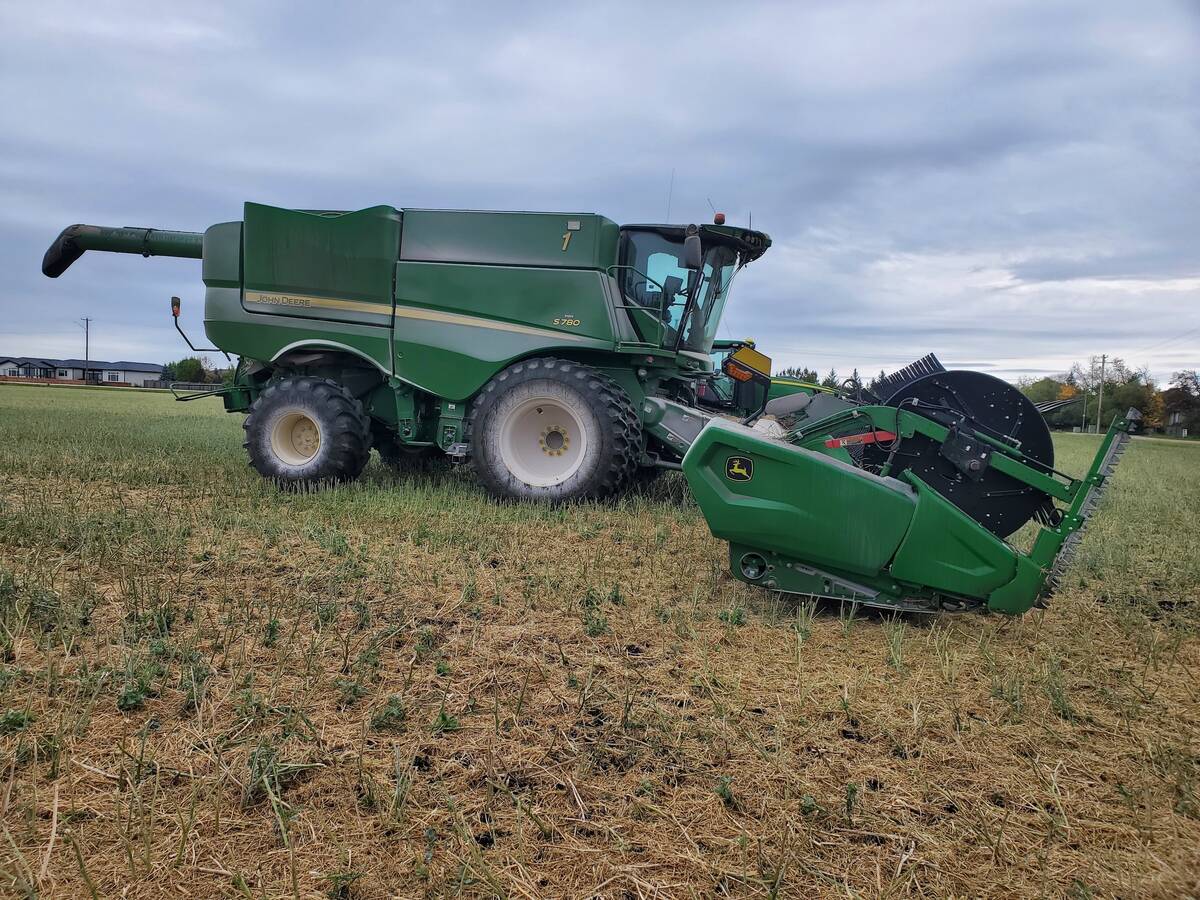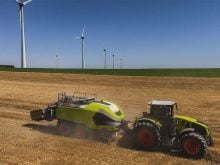CNH will extend production at its Saskatoon plant as part of a restructuring announced last week.
Details about the impact on the Saskatoon plant will be announced Nov. 3, but for now, company officials say that manufacturing of a line of tillage equipment formerly made in the United States will move to Canada.
The move is part of a $123 million restructuring plan that will see the equipment maker close two U.S. plants, in Belleville, Pennsylvania, which made forage harvesting equipment and Goodfield, Illinois, which made tillage tools. Together they employ 660 workers.
Read Also

Powdery mildew can be combine fire risk
Dust from powdery mildew can cause fires in combines.
Thomas Witon, CNH spokesperson, couldn’t say how many new jobs would be created in Saskatoon as it takes over from the Goodfield plant, but said the payroll would have to expand to accommodate the extra work.
The restructuring was announced along with the company’s third quarter results that showed net profit jumping to $75 million from $30 million a year earlier.
Witon said it might seem odd to announce a restructuring when profits are improving, but it was necessary.
“The fact is that any business nowadays has to look at the future. We have seen that we have not been as competitive as is warranted.”
Evolution continues
The Saskatoon plant started life as Flexi-Coil. In 1997, New Holland purchased part ownership. New Holland and Case merged in 1999 and in 2000 CNH acquired full ownership of Flexi-Coil.
That same year it centralized its seed technology operations in Saskatoon, moving some operations from North Dakota.
During the quarter, CNH’s weak combine sales were partly offset by increased sales of tractors, specialty harvesting and hay and forage products.
Agricultural equipment net sales declined seven percent to $1.9 billion, compared with the prior year. Excluding currency variations, net sales were down 10 percent.
On a regional basis, agricultural sales were up in Latin America and Western Europe, but down in North America and the rest of the world.
Construction equipment net sales rose four percent to about $1.1 billion. Again, increases in Latin America and Europe offset reduced business in North America.
The company was able to maintain a positive balance sheet by increasing the price of its products.
















